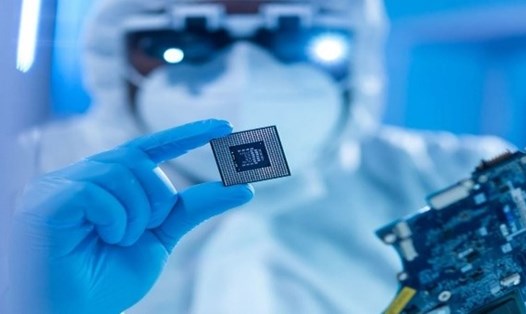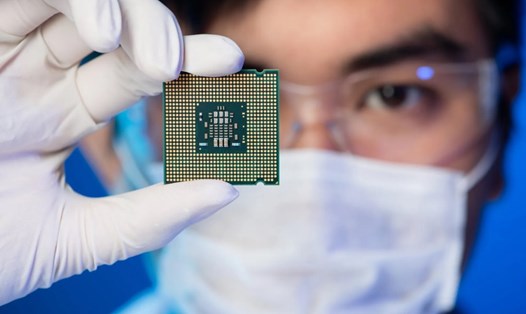PV of Lao Dong Newspaper had an interview with Associate Professor, Dr. Vu Hai Quan - Director of Ho Chi Minh City National University about this issue.
To effectively train human resources to promote the development of supporting industries, especially the semiconductor industry, where do you think the problem lies?
- At any stage, human resources will be the decisive factor, especially high-quality human resources. Training high-quality human resources depends on many factors.
First, it depends on the needs of businesses. When businesses have greater needs, they will need greater supply.
Second, the State needs to have strategies and policies to invest in human resources to serve the development of the semiconductor industry.
In addition, universities and educational institutions need to work together to develop training programs that are aligned with businesses, practices and development needs. Schools also need to build a high-quality teaching staff. In addition, there should be policies that are consistent with scientific research, innovation, etc.
So what are the key areas that need high-quality human resources and expect to develop human resources for the semiconductor industry, sir?
- When Vietnam started to build a strategy for the semiconductor industry, US experts emphasized that the semiconductor ecosystem has many stages, from the initial preparation of software to raw materials... They said that investing in a manufacturing plant in Vietnam would be very expensive, and this step should not be prioritized. Therefore, Vietnam was recommended to focus on design.
Therefore, in the semiconductor industry ecosystem chain, design is the area we need to focus more on. Firstly, this does not require too much equipment compared to manufacturing. At the same time, design also requires high human resources. For Vietnamese students after graduation, we can completely meet this requirement.
Third, human resources can work in many different companies. Because in any company, any business needs the design stage.
In addition, some other key steps include testing and packaging semiconductor chips. This is very important because engineers need to check whether the software works properly or not. In addition, artificial intelligence is also very necessary, this is the core and soul of the chip.
How do you evaluate the awareness of Vietnamese people and students towards the semiconductor industry?
- With the success of the world's leading technology corporations, many people have begun to change their perception of the semiconductor industry. This is an industry that can create huge surplus value. However, this change has both positive and negative aspects. The positive here is that a large number of students are beginning to take an interest in the semiconductor industry.
At Ho Chi Minh City National University, the benchmark score for the Microcircuit Design and Semiconductor Technology major this year is among the top in terms of competency assessment methods.
On the other hand, on the negative side, the semiconductor industry is gradually becoming a trend. Accordingly, many universities have opened this industry, and young people have also started studying it. However, without any division of majors, orientation or career counseling, after a while, students may feel that the semiconductor industry is not suitable. In the future, students may miss their own opportunities.
Thank you very much!














